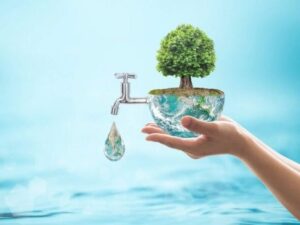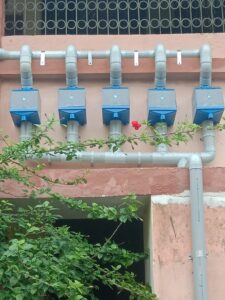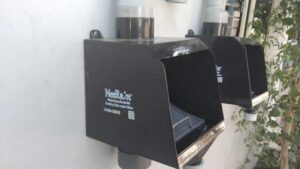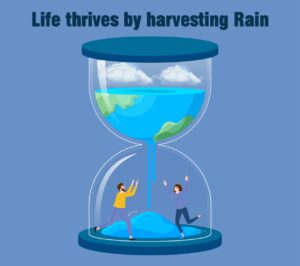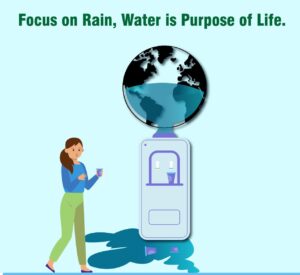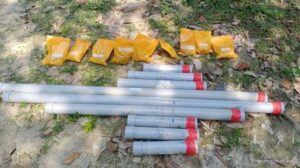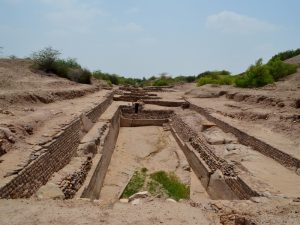 Photo courtesy: Divyabhaskar
Photo courtesy: Divyabhaskar
Discovered at its eastern end along with the white desert after the 2001 earthquake, the unique city of the Indus Valley Civilization has found a global reach. 250 km from Bhuj. And 92 km from Rapar. The harappan city is located near Dholavira on the far side of The Khadir Bet. Khadir Is an island at the eastern end of the great desert of Kutch. It’s a desert. Thousands of years ago, this desert area was filled with huge water. The Indus or The Saraswati river met the Arabian Sea here. So in the real sense, it was the sea that was sinking here, and the villages on the banks of the desert were once inhabited by Harappan settlements. The essence of the saying is that Dholavira was a port in the Harappan town and there was a large-scale import and export from here. Now, after excavation, the city with a systematic urban town planning has come to light, it is spread over an area of 250 acres. Earlier, a huge tank was seen here and people used to call it Kotda Timbo, but now it is famous as Dholavira, one of the five cities of the Indus civilization. It is distinct from others in terms of size. It is divided into three parts. One part belongs to the RajMahal-Raj Bhavan or the residence of all authorities and is protected by a strong fort. Fortification is the city’s special debt. The second part is for a class like high officials, wealthy businessmen. In what archaeologists call the Upper Town, the third part belongs to the general working class, which is the Lower Town. Whether such a structure is part of the varna system of the Rigveda period is a matter of debate. What attracts more attention is that in other Harappan towns the construction is mostly made of bricks, while dholavira is made of square-rectangular stones. The palace is at a high altitude place. The houses for the wealthy merchant-officer class are two to five rooms and have protected walls made of stone. While the houses for the general working class are made of bricks. All the four gates of the palace are of carved stones. This kind of architecture has not been found anywhere else. Next to the palace is a huge playground-stadium. Which is a testimony to the competitive games with the ferocity of the time. A three-meter-long signboard has been found on the northern entrance of the palace. On which there are 10 letters or symbols written with beads. It could possibly be the name of the town or the name of the palace-king. But not only the signboards, but also the definitions received from other Harappan cities have not been resolved. However, the system that has been seen as an invaluable gift to human society as a whole is related to water storage, sewerage system and sanitation. In addition to rainwater harvesting, a network of canals and rivulets has been set up to transport water from distant rivers and streams to the city. There is a large water tank in the palace. Water reaches the palace through this drain. Even if there is a fortification, the flow of water continues as the tunnel is underground. Rainwater reaches reservoirs outside the village through small drains from the roofs of the house. It is surprising to know that there are about 14 to 16 large tanks or reservoirs around Dholavira Harappan town. Imagine all this happened 5000 years ago in India- Kutch. Alas, cleanliness and sanitation were given great importance. There was a private toilet facility. In this context, it has been claimed that the system, which is famously known as Western Toilet, was also here. Such a facility has not been seen in any other civilization of the world 5000 years ago. There is a sewage system here to drain out the used water. The water coming out of each house would go into the pot like a barn outside the house and from there to the gutter. Influenced by Dholavira’s rainwater harvesting method, the Prince of Wales Museum in Mumbai has emulated it. A well similar to the saloon found during excavation is also an important finding. From here, water can be taken to the houses and palaces of the city. The fountain is released from the top of the bathroom by a small nick.You can take a bath like that. Thousands of items have been found in Kutch during the excavation of the chaid year. There are plenty of clay samples. From pots to toys, but the beads are beautiful. There are copper kilns. A number of items such as seals(mahoras), garlands, tolas, aujaras, animal bones, ornaments, bronze utensils have been found. Which has crossed 59000. At present, all these valuables have been shifted to Delhi due to lack of adequate security. The town was a major export-based trading hub.
Neerain is proud to republish this blog for spreading awareness about situation of water, for our stake holders. Credit whatsoever goes to the Author.
This blog is published by: –
We would like to spread this for the benefit of fellow Indians.
Author: Kirti Khatri

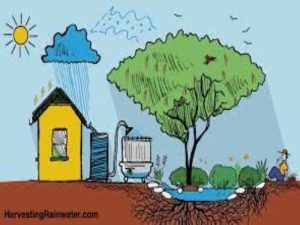 Photo courtesy: HarvestingRainwater
Photo courtesy: HarvestingRainwater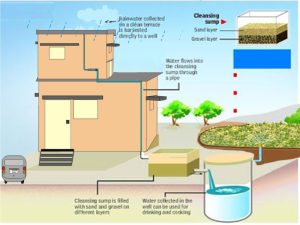
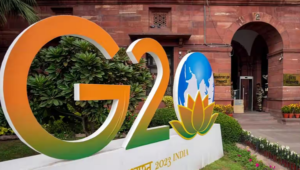 The first G20 Environment and Climate Sustainability Working Group (ECSWG) meeting concluded with a positive note with all G20 countries expressing support on the themes outlined by MoEF&CC for India’s Presidency. Discussions on restoring degraded land, promoting blue economy along the coastal sustainability, enhancing biodiversity, preventing forest fire and marine littering and strengthening Circular Economy have created the platform for a more insightful deliberation in the second Summit.
The first G20 Environment and Climate Sustainability Working Group (ECSWG) meeting concluded with a positive note with all G20 countries expressing support on the themes outlined by MoEF&CC for India’s Presidency. Discussions on restoring degraded land, promoting blue economy along the coastal sustainability, enhancing biodiversity, preventing forest fire and marine littering and strengthening Circular Economy have created the platform for a more insightful deliberation in the second Summit.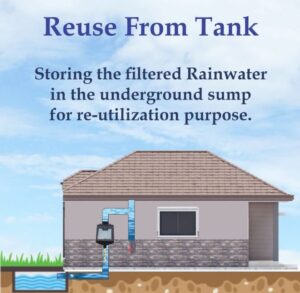 Rooftop Rainwater Harvesting for Rural House
Rooftop Rainwater Harvesting for Rural House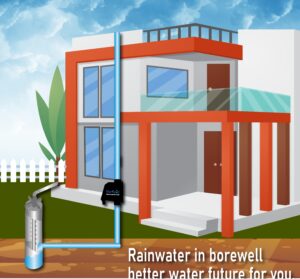 Rainwater Harvesting for Urban House
Rainwater Harvesting for Urban House